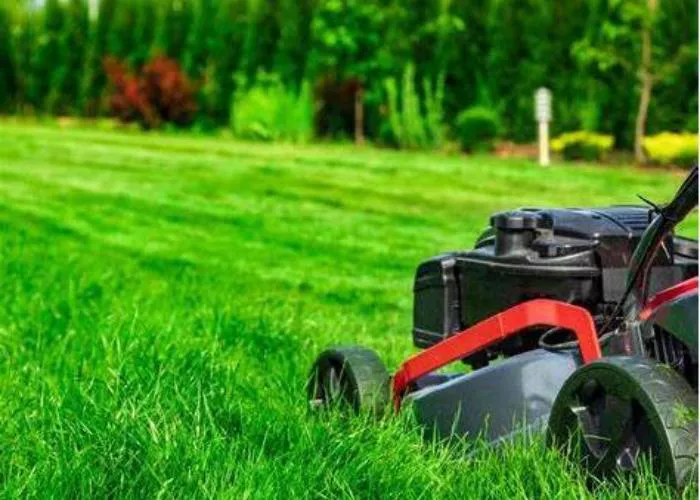GARDEN CITY, NY – A new comprehensive guide to lawn establishment is transforming how homeowners approach turf installation, combining cutting-edge horticultural science with practical application techniques. Landscape professionals and first-time homeowners alike are praising the resource for its clear, actionable advice on creating lush, sustainable lawns.
The guide emphasizes four critical phases: grass selection tailored to microclimates, advanced soil preparation methods, precision installation techniques, and science-based maintenance protocols. Recent studies from the National Turfgrass Evaluation Program confirm that following these protocols can improve turf establishment rates by up to 40% compared to traditional methods.
Climate-Adaptive Grass Selection
University extension services report increasing demand for region-specific grass recommendations as homeowners combat changing weather patterns. “The old rules about cool-season and warm-season grasses no longer apply uniformly,” explains Dr. Elena Rodriguez of the Urban Horticulture Institute. “We’re seeing successful Bermuda grass plantings in traditional bluegrass territories due to warmer winters.”
Revolutionary Soil Preparation Standards
The guide introduces new soil amendment protocols, including the controversial “deep tilling” method that some landscapers claim reduces compaction better than traditional aeration. Soil scientist Mark Williams notes, “Our research shows amended soils retain 30% more moisture while improving drainage – the holy grail of turf management.”
Installation Innovations
Recent technological advances have made sod installation more accessible, with new lightweight hybrid varieties reducing labor costs by 25%. However, the guide cautions that artificial turf installations require professional grading that 68% of DIY attempts fail to execute properly, according to industry surveys.
Maintenance Science
The guide’s maintenance section incorporates findings from a five-year Purdue University study on optimal mowing heights, revealing that keeping grass just half an inch taller than conventional recommendations can reduce water needs by 20%.
As drought conditions expand across multiple regions, the guide’s water conservation techniques have drawn particular attention from municipal landscaping committees. “These methods could help communities maintain green spaces while meeting water restrictions,” notes environmental planner David Chen.
The complete guide is available through cooperative extension services nationwide, with workshops scheduled in 42 states this planting season. Landscape professionals predict these techniques will become industry standard within three years.

